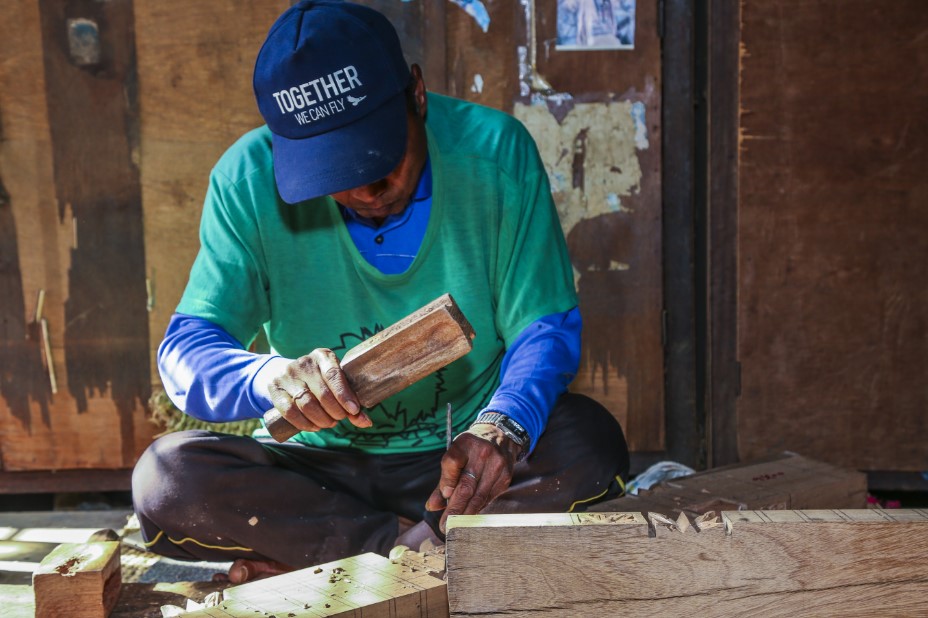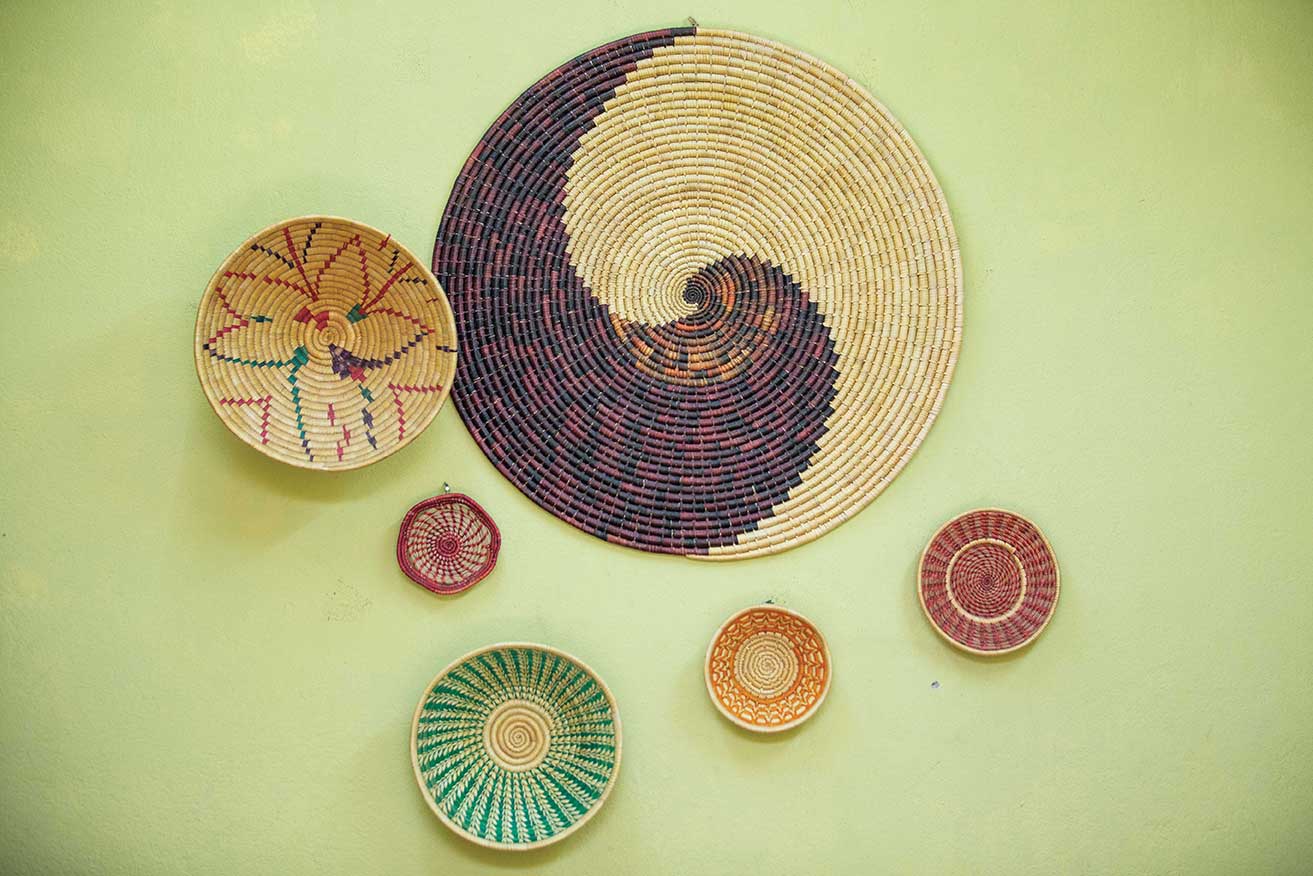Nepalese woodcarving is one of our greatest achievements as a civilization. It has become a prominent symbol of our nation, and of the excellence of our ancestors in craftsmanship. It is an enduring form of art that is found all over ancient temples and buildings. Mostly, religious and spiritual themes are pervasive in them, but they also include motifs of peacocks, lions, snakes, and so on. Somehow, our glorious past seems to live and breathe in those intricately carved wooden doors and windows. Wood Carving Industries Ltd. boasts of being the first factory to produce woodwork on an industrial scale in Nepal. Prior to its establishment, woodcarving was done by artists and artisans at home, or in their small, private workshops. But, in 1976, Mr. Moti Lal Shilpakar decided to take it to the next level, and that’s how this company became his brain child. It has created many memorable masterpieces that adorn various places of importance, both national and international.
It produced the famous doors of Narayanhiti Palace, which took two months to make! Now, that piece of wood work has a permanent, exalted place in history. The enormous lattice window of the Nepal Airlines Corporation (previously, Royal Nepal Airlines Corporation) building was also made here. Its size itself sets it apart, making it one of the largest traditional windows in the country. It has provided many windows, doors, and other decorative items to the renovation efforts of Kathmandu Durbar Square and Patan Durbar Square. They were given details of the old woodwork there by archaeologists that they successfully created exact replicas of. They pride in being commissioned to do such a significant job. The wood items in the VVIP lounge of Tribhuwan Airport were also manufactured by them. The carved windows of the building of Nepal Tourism Board were also their creation. Turning the pages of history, they made the ornate wooden shade and raised platform for the late King Birendra’s coronation back in 1975. It was said to have received many adulations from delegates from all over the world.
It has many impressive accomplishments in the international arena, too. It had produced woodworks to be included in the Everest theme rollercoaster ride of Walt Disney. (How exciting!) The Geneva headquarter of International Labour Organization showcases their works as the symbol of Nepal. Apparently, the headquarter displays artifacts representing every country in the world, and it chose their work for Nepal. Late King Birendra had donated a Buddhist temple, with their wooden craftsmanship, to Myanmar. It seems the late king was very fond of their work. They have even created a piece for a mosque in the Middle East. It is ten to twelve-foot long. They carved many Islamic themes on it, but retained the Nepali style. Hence, they do not limit their creations only to Hindu themes, but also explore Buddhist and Christian styles. They do this by researching on these religions, mainly by going through their scriptures and consulting experts. They have also made different woodworks for the Hindu temples in Germany, Australia, Japan, Russia, and Spain. It is safe to declare that their work is world-class.
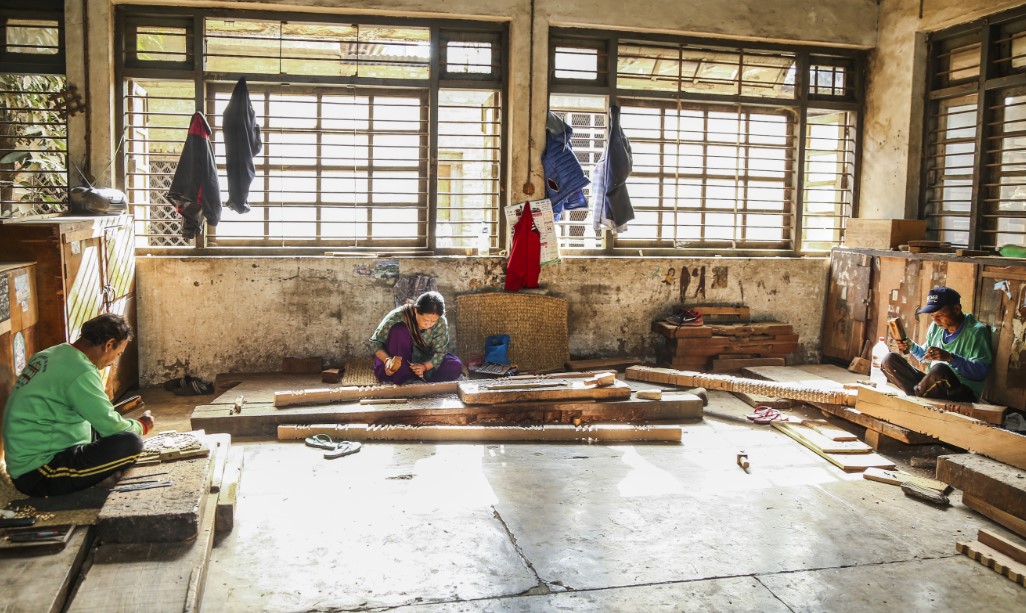
Currently, they have fifteen artisans working for them. They even provide training in their workshop, which also has a seasoning plant. The moisture content in the wood is soaked up and dehumidified there. This process creates durable wood that is less likely to bend or crack easily. Most of their works are traditional, but they have experimented with different styles and unconventional themes as per the demands of customers. They have fused metal and glass elements to wood. Sometimes, they also borrow from European designs. This, according to his experience, yields better sales. They have a large showroom with outstanding woodworks inside the Patan Industrial Estate. It has idols of Hindu gods, mandalas, wooden furniture, carved doors, the traditional Newari-style lattice windows, and many more. Some of their works have mythical tales marvelously carved in them in the form of pictorials. Their showroom is a must-visit for every Nepali woodcraft enthusiast. They have both variety and innovation in their pieces, and even customize customers’ commissions on request.
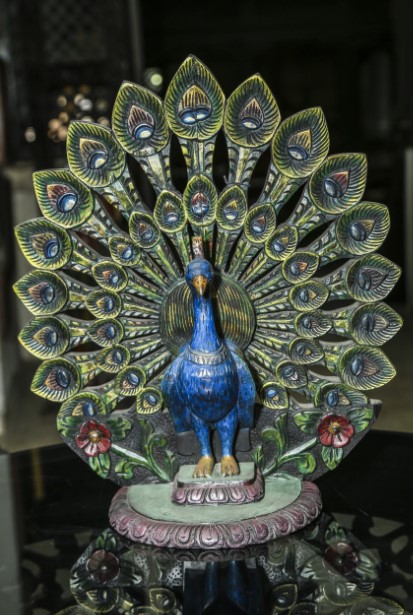
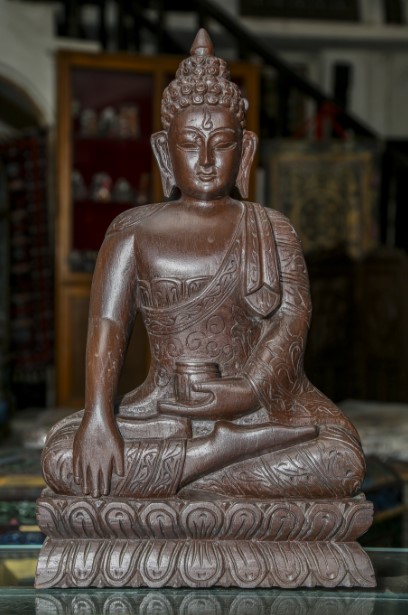

Managing Director Srijesh Lal Shilpakar, the founder’s son, tells us how, nowadays, there is a growing demand from local clients, which he is very excited about. In the past, only royals and foreigners were their primary patrons. But, now, Nepalis in large numbers are purchasing their works and commissioning them. The traditional entrance doors sell the most. Wooden windows are second in demand, then comes furniture, and finally, other decorative items. It is due to the rising purchasing power of Nepalis and their growing interest in their own heritage. There had once been a dangerous decline in woodcraft production during the Rana regime. The Ranas were deeply fascinated by, and heavily copied, European style of architecture and decorative pieces. This was a heavy blow to Nepali craftsmen and artisans. Subsequently, almost three to four generations of craftsmen were lost. But, it is a matter of pride to Shilpakar that his father was responsible for the revival of traditional woodcraft production in Nepal. His father trained many artisans (almost two hundred of them), most of whom later opened their own workshops, thus proliferating the art and the necessary skills.
However, this industry is fraught with problems. More than a decade ago, the civil insurgency had caused its market to evaporate, as tourism plummeted. Many of its high-skilled artisans are leaving the country by the lure of foreign employment. Moreover, the artisans are not given their due respect by society. They are looked down upon as laborers, instead of as artists. Shilpakar wants the government to recognize such artisans by placing them in the highly-skilled category. He also wants the government to collaborate with craft-related institutions and organizations to provide training programs and greater publicity and promotion. He worries about the future of this trade, as youths today seem reluctant to learn the required skills. If worst comes to worst, it might simply get lost in time. He believes it is imperative to act urgently if we want to preserve these skills. Affordability is another major problem. Not many ordinary Nepalis can purchase their creations. He hopes to make them cheaper, possibly by using new technology, collaborating with third parties, or producing in bulk.
Our unique wood craftsmanship reflects who we are—aesthetically, spiritually, and historically. It is not only a source of pride and joy, but also a profound evidence of the wonderful civilization that had flourished in our hills, mountains, and valleys. To lose it would be to lose our essence, our soul. This craft needs to be treasured and cherished, and hats off to this company for keeping the tradition alive!


